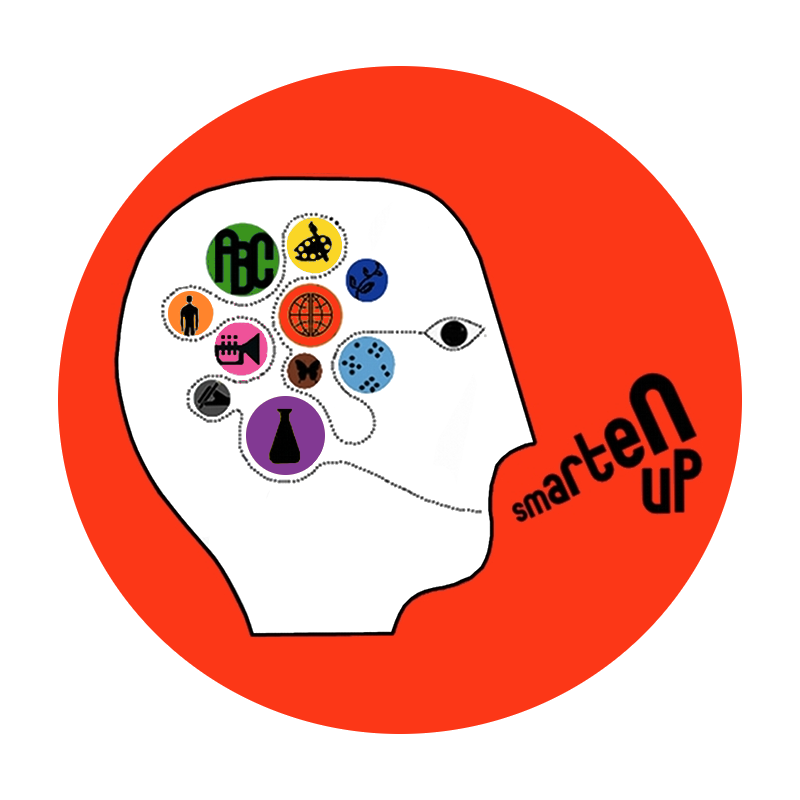Academic reading is an active process. Students should be proactively visualizing a narrative, thinking of historical events in context, imagining real life examples and applications of scientific concepts, and most importantly, annotating and taking notes as they read. It is this sort of engagement that results in comprehension and understanding.
All too often, though, we see students take a far more passive approach to the reading they have to do for school. They sit down with their novels or textbooks in distracting environments or at the end of the night in bed, they don’t have a pencil or highlighter in hand, and worst of all, they read without stopping to think about what they are reading. Fifteen minutes, thirty minutes, or an hour later, they close their book and declare their reading “done,” yet they likely cannot tell you most of what they “read.”
This divide between active and passive reading is a crucial one to bridge. If a child can learn to read more effectively, she will become a better student, seeing gains in every subject - it’s that simple. Below you’ll find suggestions for proven reading comprehension strategies, but no matter which approach they use, kids should be sure to stop and summarize often! With so many ideas, challenging words, etc., it is easy and completely normal for students to sometimes lose track of what the author is saying. Good readers, adults, teens, and children alike, consistently monitor their understanding and often have to re-read and look back to make sense of a text. Although this will result in slower reading, and it may feel like extra work, it will end up saving students time in the end as they won’t have to endlessly reread to find the information they need to do their work!
Underline or highlight with purpose! A simple guiding rule is that a student should almost never highlight more than a quarter of the words on the page; given that the goal of highlighting is to help a reader pick out the most important information in a reading, a sea of color will only serve to mask the importance of those details.
On a related note, using different colors for different themes, or picking a separate color for important dates, vocabulary terms, or names will help to prioritize and categorize key details.
It is also helpful to keep in mind that a good nonfiction paragraph always includes a topic sentence, supporting details, and a concluding sentence. This often makes the task of highlighting “the important stuff” a bit more explicit.
While highlighting is great, annotation is even better! When students takes notes in their own words, it ensures that the brain continuously processes and synthesizes important ideas and details. This rephrasing will help them to check in on whether they actually understand what they are reading, and it will solidify the information in their memory. Plus, jots will create an easy-to-navigate map of the text whenever students need to return to it to study for an exam or find quotes for a paper, just like those color coded references.
Lastly, there is good old note taking. Whether students create a chart of character traits and relationships, a timeline to organize dates, or a diagram to map out the steps of a scientific process, well organized notes are an amazing tool to support processing and retention, plus they serve as a study guide for the inevitable test or quiz as well.

